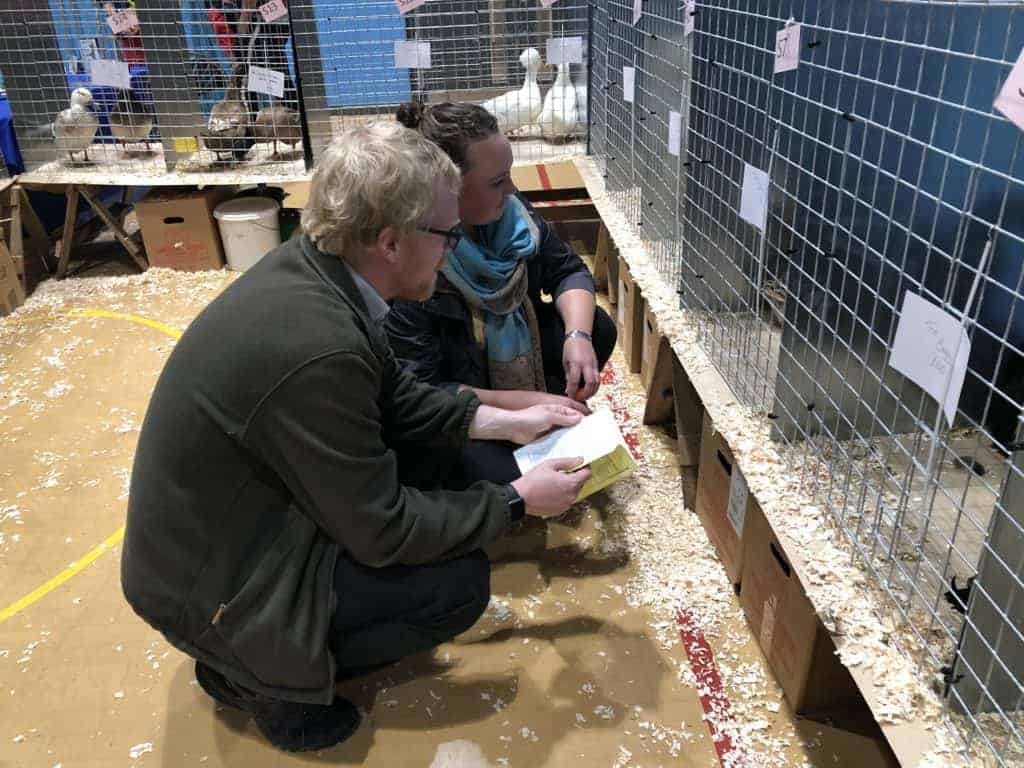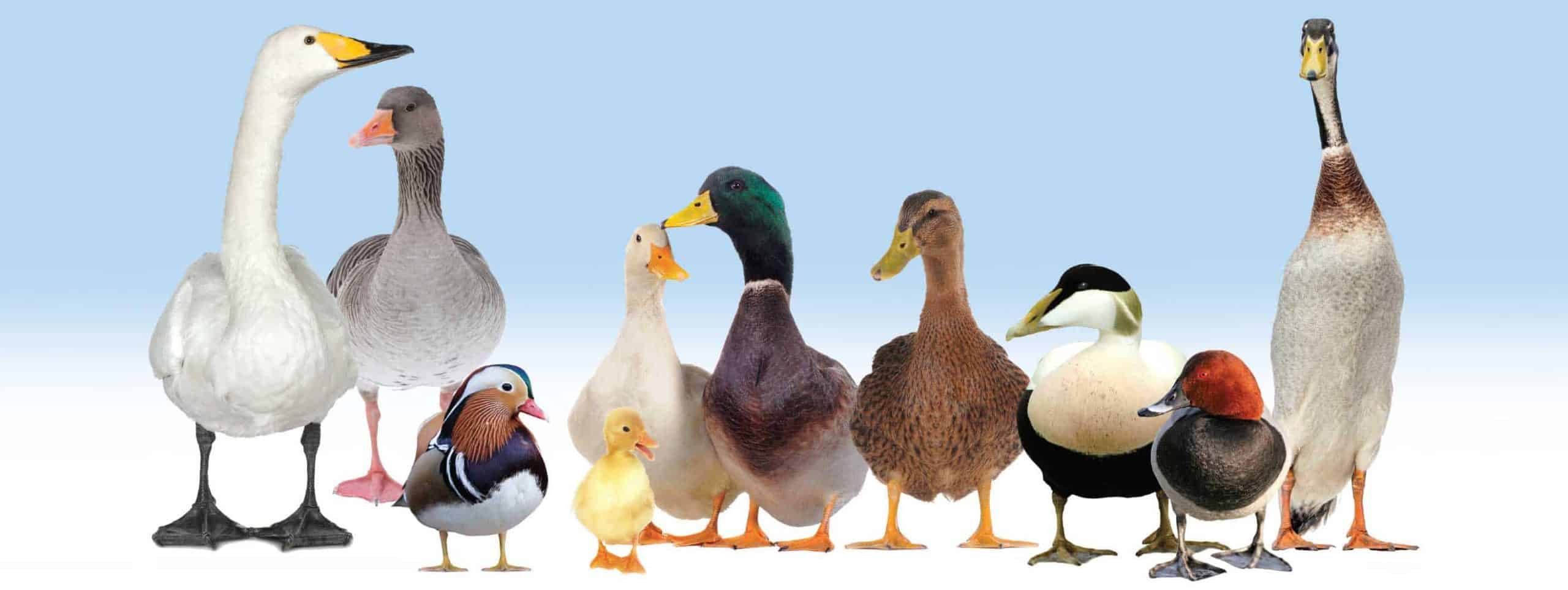Time spent on research is never wasted!
Marketplace is where you can find information about what to buy and where to buy. You will get most enjoyment out of your birds if you are ready for their arrival. We strongly urge new keepers to be prepared and everyone, however experienced, to routinely review their husbandry practices.

One of our core missions in the BWA is to improve the standards of welfare for all waterfowl kept in captivity. This includes wild waterfowl and domestic ducks and geese, whether kept for utility or exhibition.


